His sound has the aural texture of a daguerreotype, the mid-nineteenth century photographic process that makes every nuance, every pore so sharp and visible, though eerily, silvery. The trumpet he plays is a very wise choice as it adds some carnal juice. Wooden rhythms, fizzling wires, springs and flywheels and dub echoes bouncing off bare concrete.
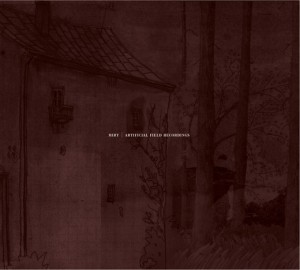
A bundle of documents unearthed from the stacks of an archive hardly anyone visits anymore, its folder fusty, foxed and frangible, containing writing almost effaced from its loose leaves, a few sketches of some world H. G. Wells got started on but abandoned.
Mirt wants his places to be half-lit and indistinct. And yet, as intended, Artificial Field Recordings immediately draws you in deep. Seven untitled (of course) pieces, made mostly with synthesizers, guitar and a Wurlitzer piano by Polish ambienteer Tomek Mirt. His sound has the aural texture of a daguerreotype, the mid-nineteenth century photographic process that makes every nuance, every pore so sharp and visible, though eerily, silvery. The trumpet he plays is a very wise choice as it adds some carnal juice. Wooden rhythms, fizzling wires, springs and flywheels and dub echoes bouncing off bare concrete.
All the more effective for being vague and suggestive, a subtle variation to the genre of imaginary landscaping. It is populated, but with evasive figures who quickly disappear around corners. A hollow city, a Wonderland you can only reach by falling into the wrong rabbit hole. Left incomplete, it takes no definitive form, although the fifth track has an Ennio Morricone twang, the only track with any kind of melody.
Mirt states that he “wanted to create a small space detached from reality, but made of its fragments” and has succeeded in making a stimulating, innovative sound indebted to no predecessor, conjuring up an anti-Eden that is neither dark nor light but dim and faded.
Artificial Field Recordings is available on Cat Sun. Release page.






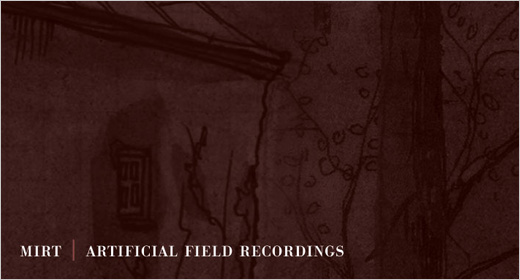
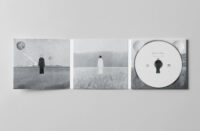

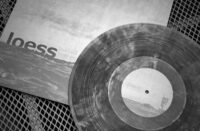



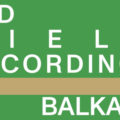
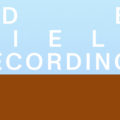








![Allmanna Town :: 1911 EP (Self Released) — [concise]](https://igloomag.com/wp/wp-content/uploads/2025/03/allmannatown-1911_feat2-75x75.jpg)


